Whether you’ve just bought the car of your dreams or you’ve had a classic in the family for a while, you’re going to need to know how to put it away for the winter. Yes it is that sad time of year once again when we have to put our old cars away into storage, away from the damp British weather and all that winter road salt.
Before you lock your classic up in the garage, there are a number of things you need to think about. And that’s because there’s lots that can go wrong with a classic car if you don’t prepare it in the proper way. Here are some tips on how to tuck your classic up for the winter.
Battery
When it comes to the battery you should remove it, or at least disconnect it. After this, it’s a good idea to clean the area that the battery would usually sit and to do this you should use a harmless solution like baking soda and water which will neutralize the battery acid if there is any. Then rinse it off, dry the area indefinitely. To do this I would recommend using a hair dryer; it will get into those nooks and crannies that you can’t with a towel. Sort out all of that rust, if there is any.

Now to the battery… Clean it up, making sure the terminals are looking good. You can do this with the baking soda and water solution for that. Once you’ve done that a little wipe of Vaseline or petroleum jelly on the contacts will stop them from rusting. With the battery disconnected it is a good idea to hook it up to a trickle charge device. This will basically charge the battery and keep it at 100% without overcharging it.
Brakes
Locked or frozen brakes are a bug bear of classic car storage. But they can be avoided if you follow these steps. Always release the handbrake and use chocks or blocks behind the wheels. If you leave the handbrake engaged you’ll end up risking fusing to the brake shoes with rust. Also don’t put your car away if the brake discs are damp. The pads can get stuck to the discs over winter, which isn’t a lot of fun trying to free off.
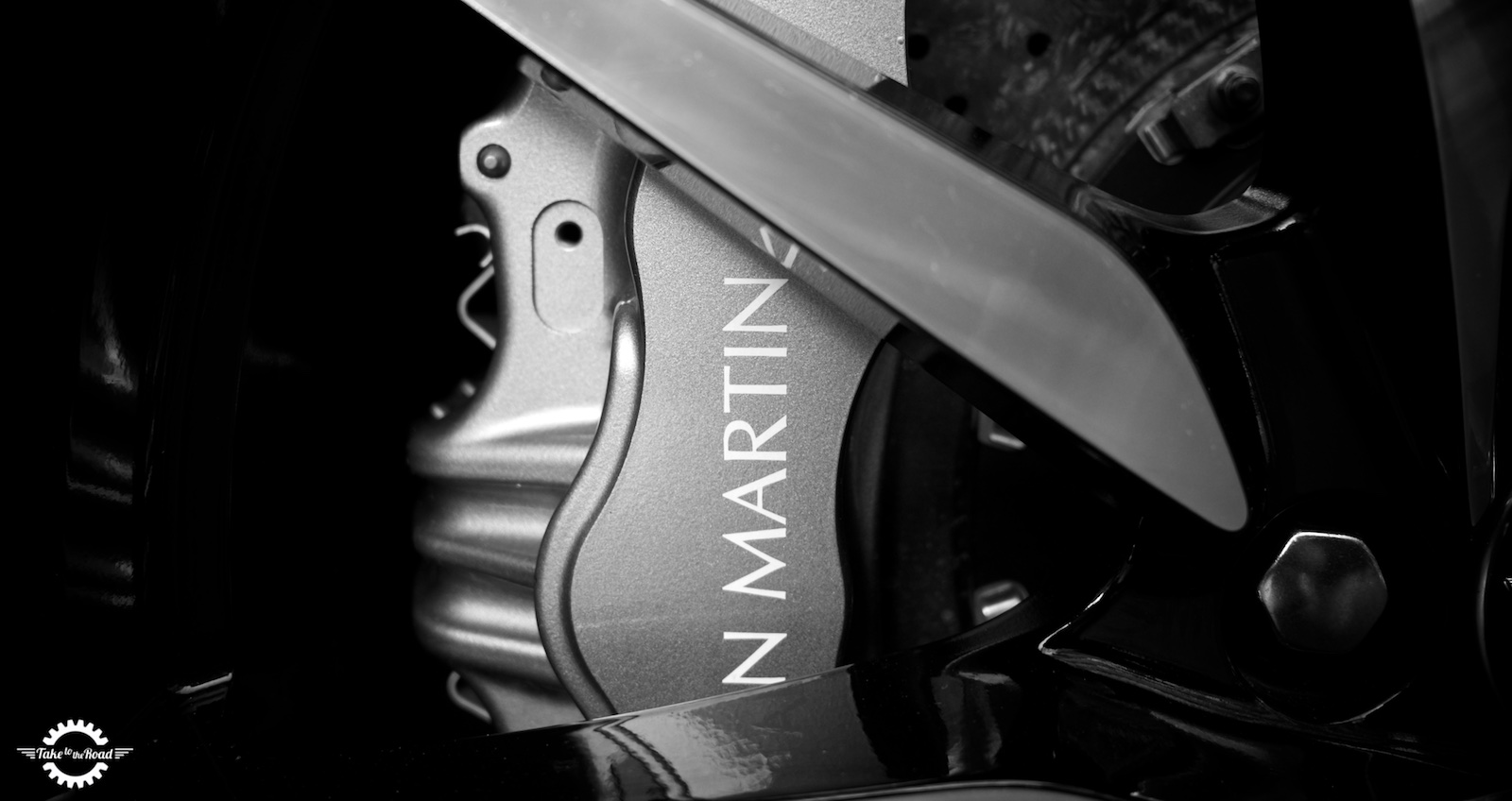
Now, if you use a silicone based brake fluid its likely that it will absorb a lot of moisture out of the air. It just happens gradually over time. This type of fluid will last for around 20 months before it needs to be replaced. So work out whether or not you need to do this to prevent issues. If you’re going to be using your car in the winter then it should be fine to use the existing fluid as long as it isn’t too old.
Cooling system
The cars coolant should be around 40-50% antifreeze for the optimum protection in the winter. This stops the water from freezing and damaging the engine. Plus the properties in the coolant will inhibit corrosion. Over time the coolant will degrade and become less efficient, so it is always good to change it once a year. Especially with older classics. So an annual coolant drain and cooling system flush is always recommended.
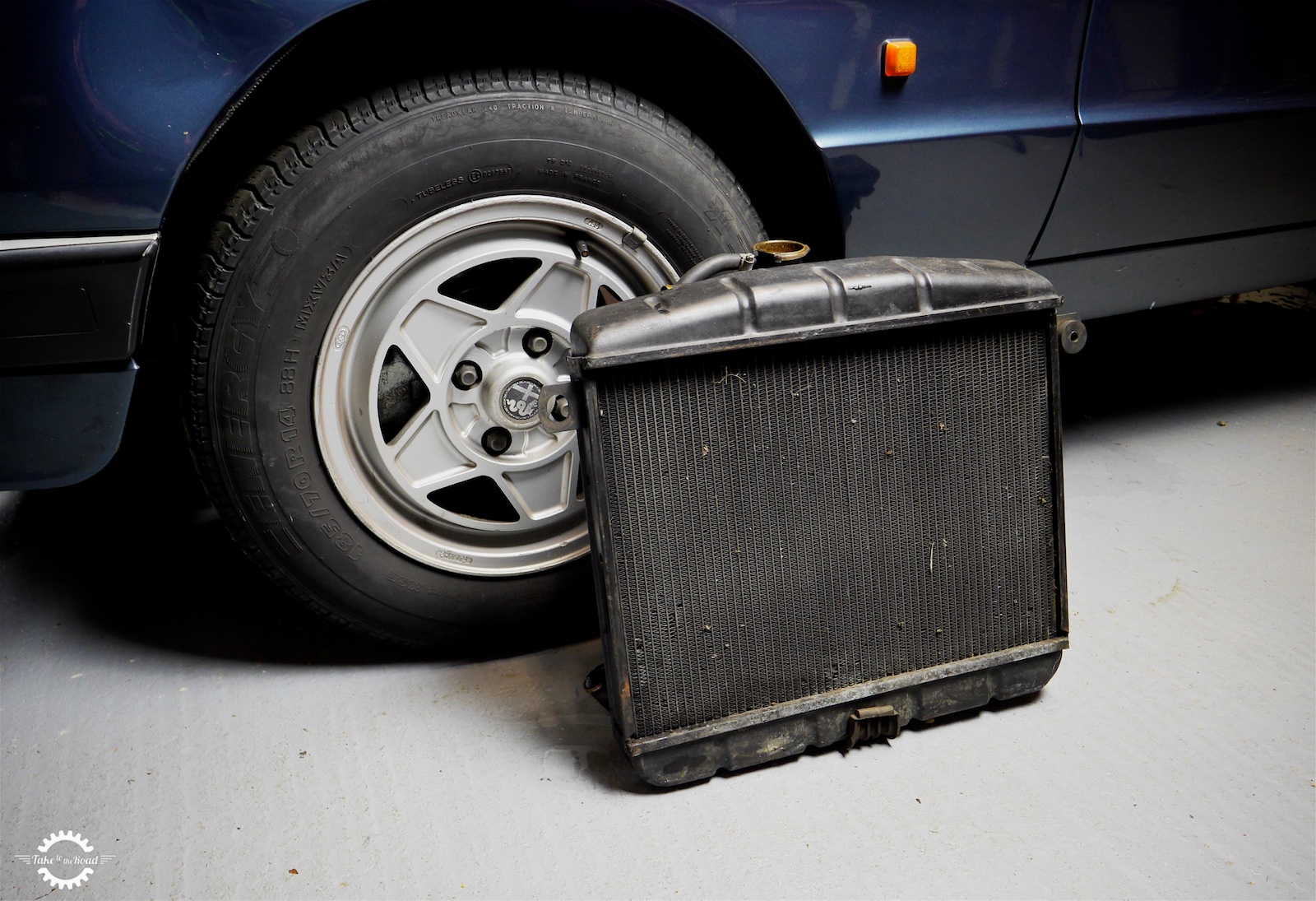
It is also important to remember to use a brand that has been designed for older cars. Many classic car owners might not know that a number of modern antifreeze products use a solution that has been designed specifically for aluminium engines and radiators. If you chose the wrong one, say an additive for an aluminium engine in your cast iron engine, it is going to have a bad effect on your prized possession!
Oil & lubrication
Oil has an specific lifespan and if your car isn’t driven often, it can deteriorate over time. For this reason, you should change the oil with and use a new filter. After that is a good idea to go for a quick drive to burn off any moisture for the crankcase and get the new oil moving all around the engine. Having fresh oil in the engine before winter storage also reduces the risk of sludge building up in the engine on cold days.
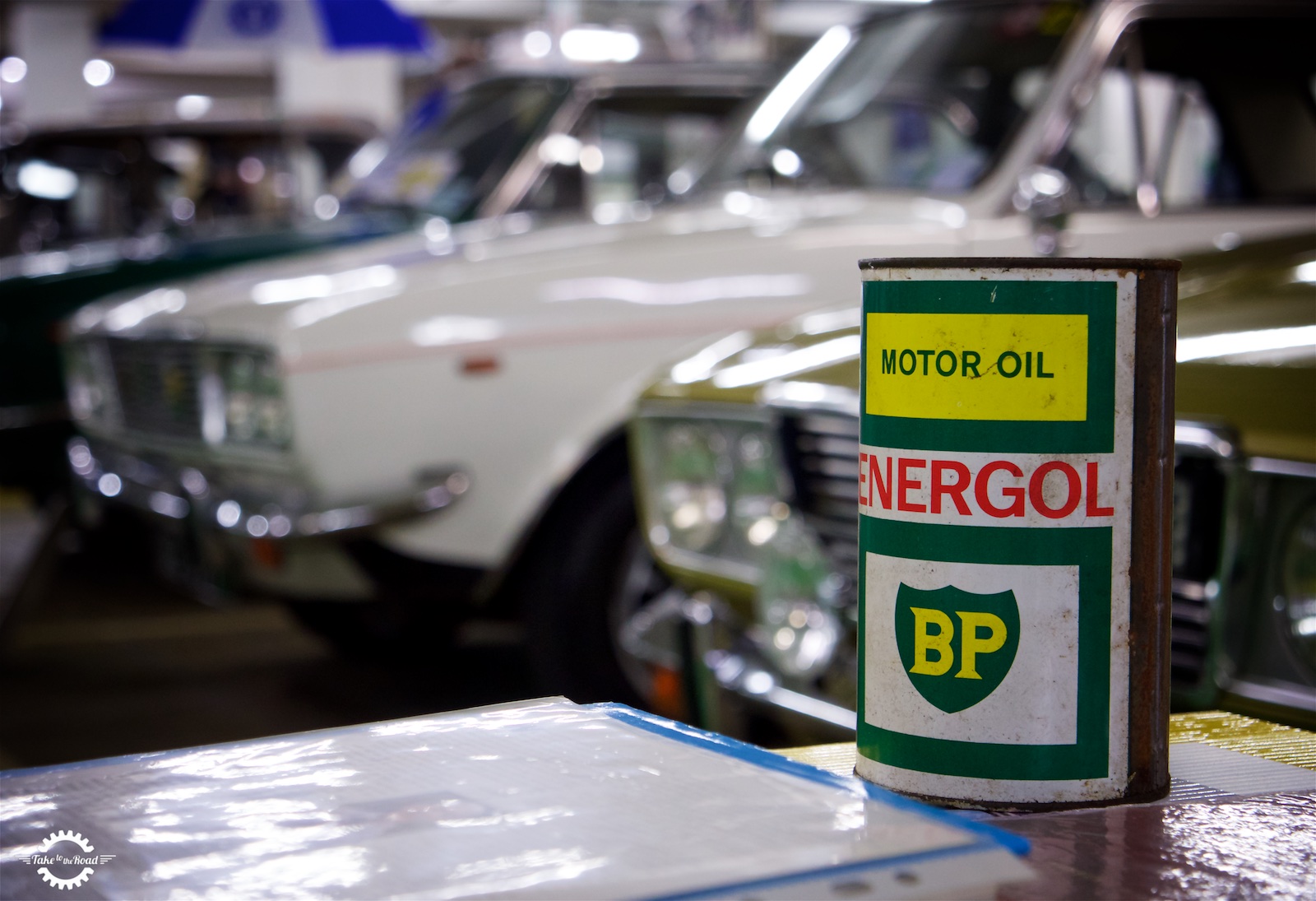
There are specific oils that are designed for classic cars and those even more so for when you’re leaving them for a long period of time. In short; they will provide a nice coating on the inside of the engine to protect them.
Belts
You’ll find this step rather simple, but loosening the tension of the belts is a good idea. It’ll make them a little easier to manage at the end of winter. But make sure you remember to re-tighten them when it comes to starting the car. If you don’t feel comfortable doing this, ask a mechanic to do it for you.
Tires and Suspension
It’s best to jack your car up and put it on axle props when left idle for the winter months. This will prevent the flat spots on the tyres that cause vibrations when driving. It can also lead to premature cracking of the rubber. The wheel bearings and suspension rubbers will also have an easier time of it due to the lack of weight and pressure.

Its also a good idea to make sure the tires have a minimum pressure of 3 bar. You don’t want them completely flat when the car gets put away.
Exhaust
This might not immediately spring to mind but plugging the exhaust is actually a good idea. There is always the possibility that something could crawl up inside the pipes for the winter, trying to stay warm.

While unlikely, something such as a mouse may even climb into the engine which even to someone who doesn’t know a lot about cars will know; its bad… to plug this you can use a rag or towel, stuff it into the end or even just cover the opening and tape/zip tie the covering to the exhaust.
Engine air intake
Using something to cover this will be beneficial. For example, bagging the intake and dropping a bag of silica-gel (like the ones you get from shoe boxes) will stop moisture from getting in.
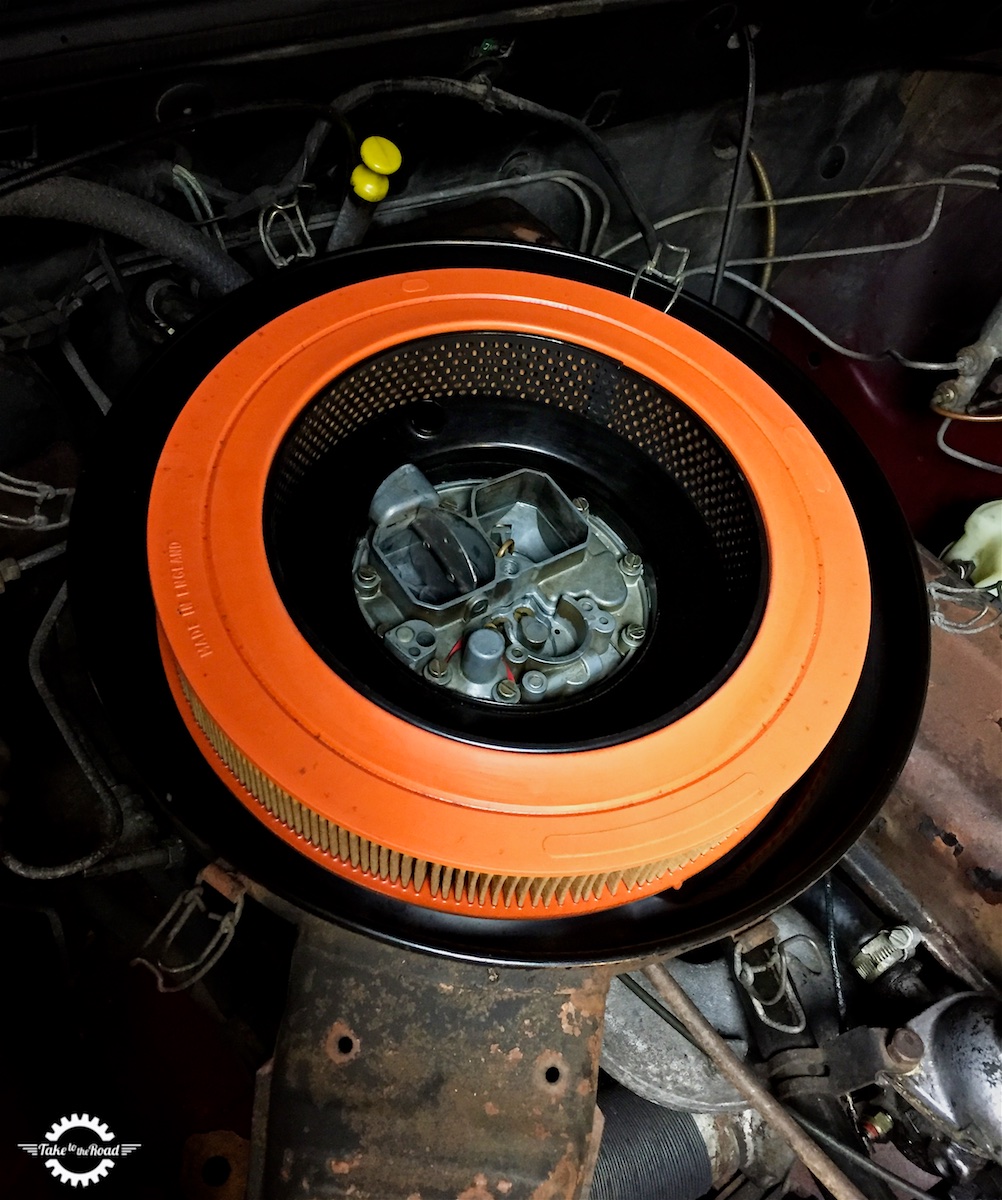
If any does manage to push its way through, the silica-gel will absorb it and protect your carbs, making sure there isn’t any moisture in getting into your cylinders. With that, purchasing a fresh air filter for the new driving season may be helpful.
Fuel
If the car will be sitting for years in storage you’re going to need to drain the tank. This is because petrol tends to break down and separate over time. Which won’t do your car any good. This is especially true for modern day fuels.

Also if the car will be stored just for winter, then draining the tank down as low as possible is also a good idea. This will help reduce the risk of condensation in the tank. Water in your engine is bad as it will affect the mixture entering the engine and impact the ignition process.
Then when it comes to start your car for a sunny drive, fill it with fresh fuel and perhaps a fuel additive to make sure all is clean in the fuel system.
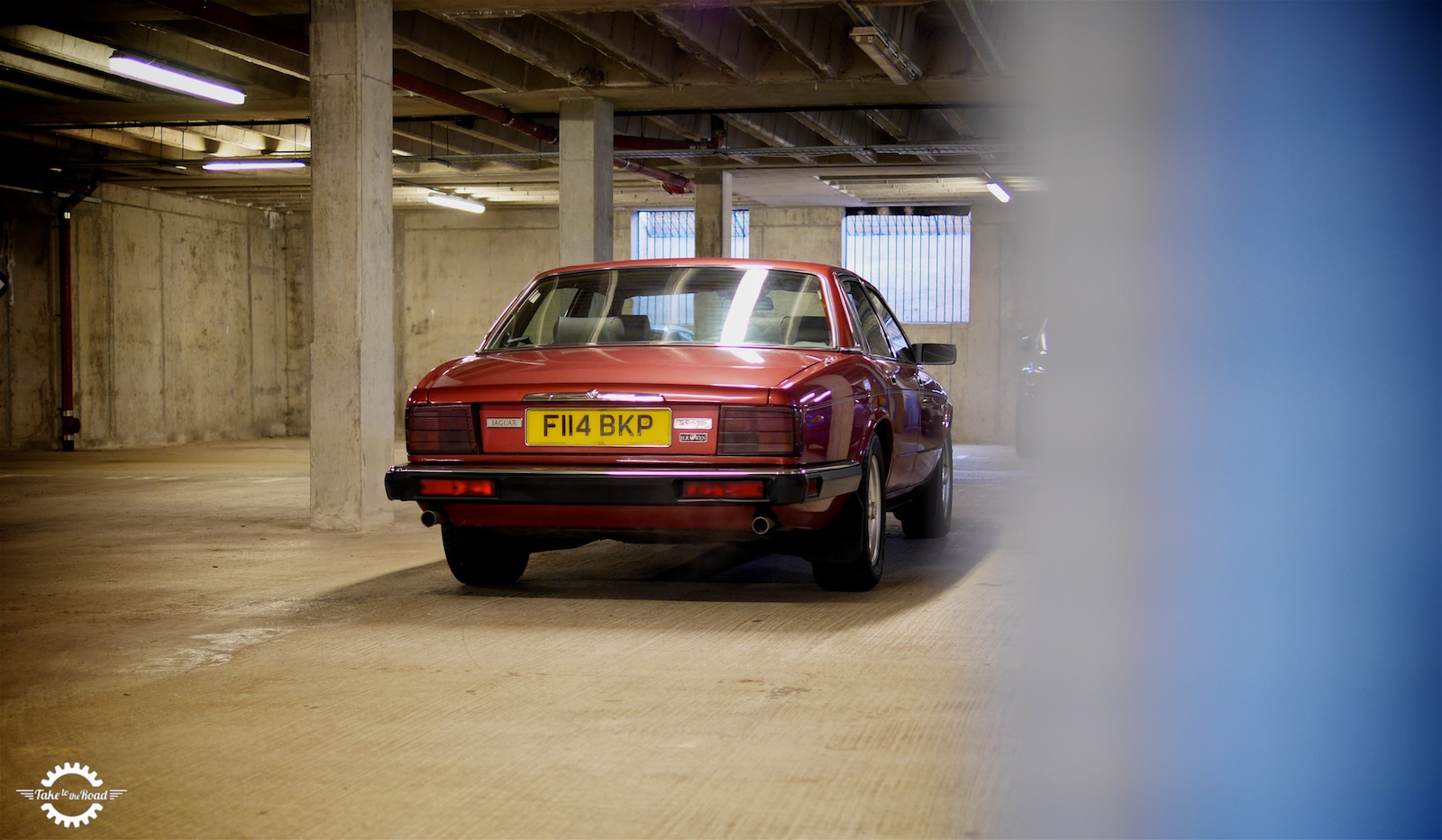
So to sum up all the above items are good to have on your check list when you are putting your classic car away for the winter. Ticking them all off will give your classic the best chance of driving out into that spring sunshine, problem free.

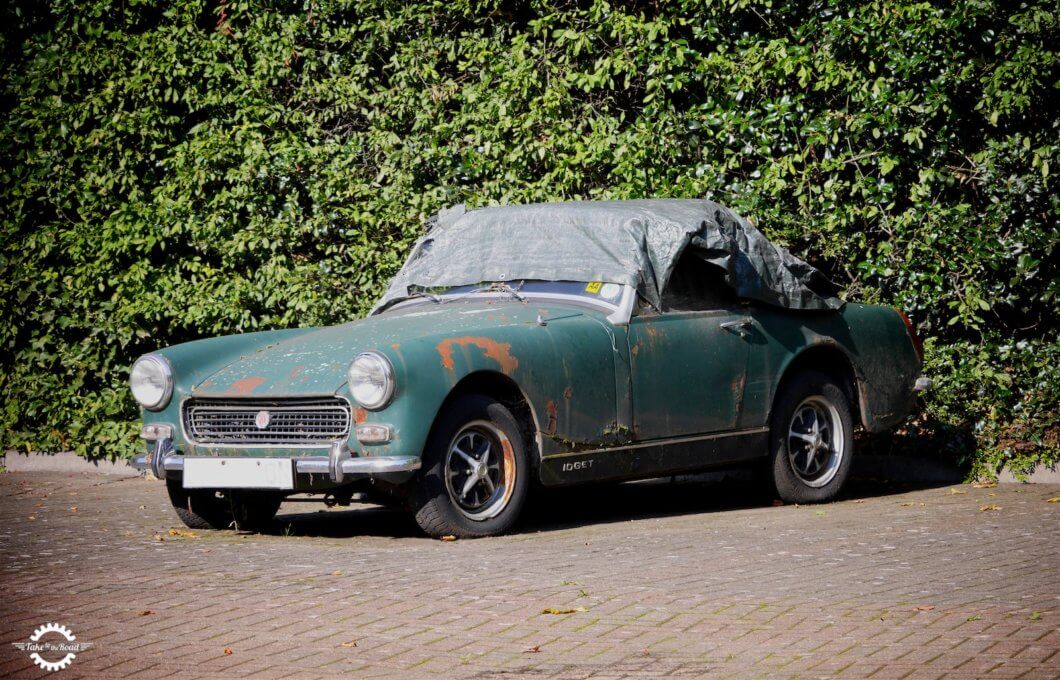
In winter there is a lot to do to keep your car running. Thanks a lot for sharing tips to keep our classics running. Great work, keep it up.